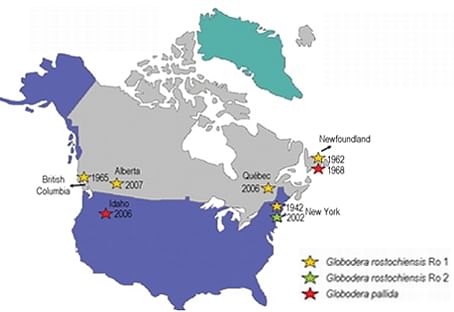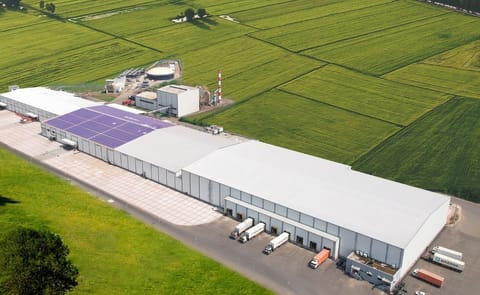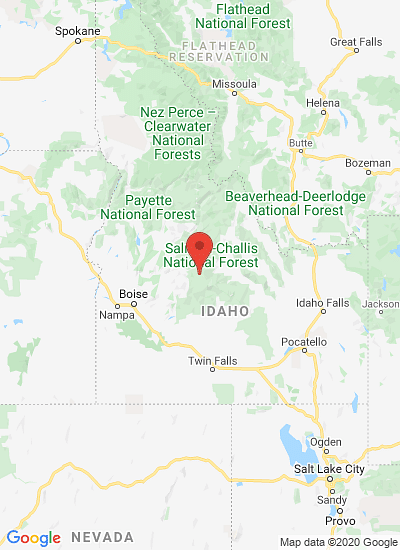Potato growers in Eastern Idaho are questioning the effectiveness of the USDA's efforts to contain the pale cyst nematode (Globodera Pallida), a small wormlike pest that endangers Idaho's potato export markets.
Several U.S. trading partners, including Canada, Mexico and Korea quickly banned Idaho potatoes after the pest was discovered in seven fields in Eastern Idaho in early 2006. Most of those markets were quickly restored after the USDA established a quarantine area in Bingham and Bonneville counties and began a rigorous soil sampling program along with eradication efforts.
Officials were optimistic about their progress early this spring. Initial tests showed no viable nematode populations in three of nine fields found to be infested. Those fields were quarantined, fumigated with methyl bromide in the spring and Telone in the fall and planted with a cover crop at the government's expense.
"We had all kinds of good news. We had actually surveyed and released over 30,000 acres in Idaho from federal regulation,"said Brian Marschman, state plant health director with APHIS. "That freed up all of those sanitation requirements from all of those individuals."
In March, however, testing discovered a 10th infested field in the area, and an 11th field was found in August. Federal officials regulate all fields tended by any grower whose equipment is linked by Farm Service Agency records dating back a decade to a quarantined field.
Currently, 1,425 acres are considered infested and 5,989 acres are regulated, Marschman said.
Within the next two weeks, the government should be ready to notify farmers affected by the 11th field, which will have ramifications for thousands of acres.

Occurrence of potato cyst nematodes Globodera rostochiensis and G. pallida, in North America (Courtesy: fruit and veggie)









